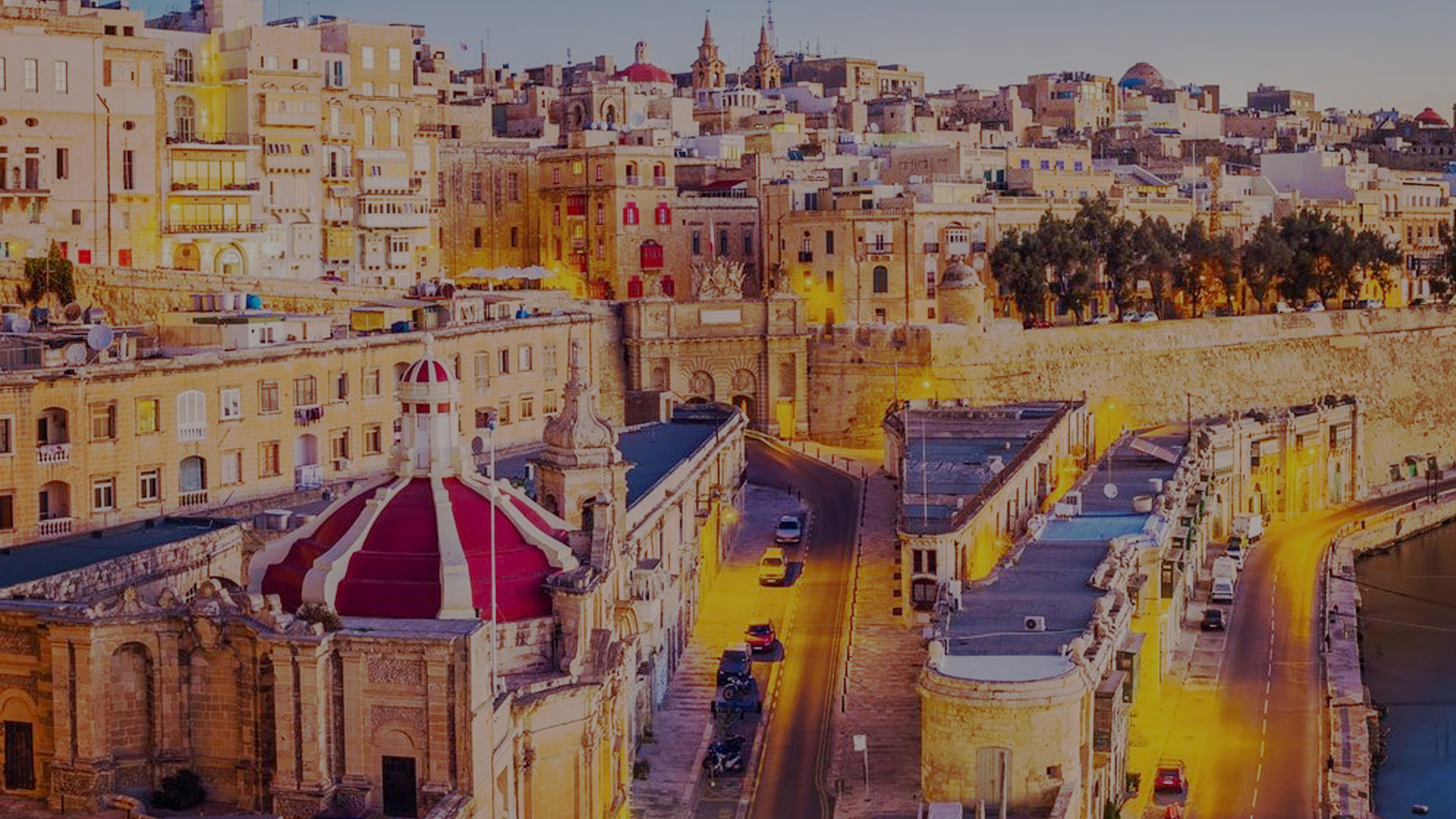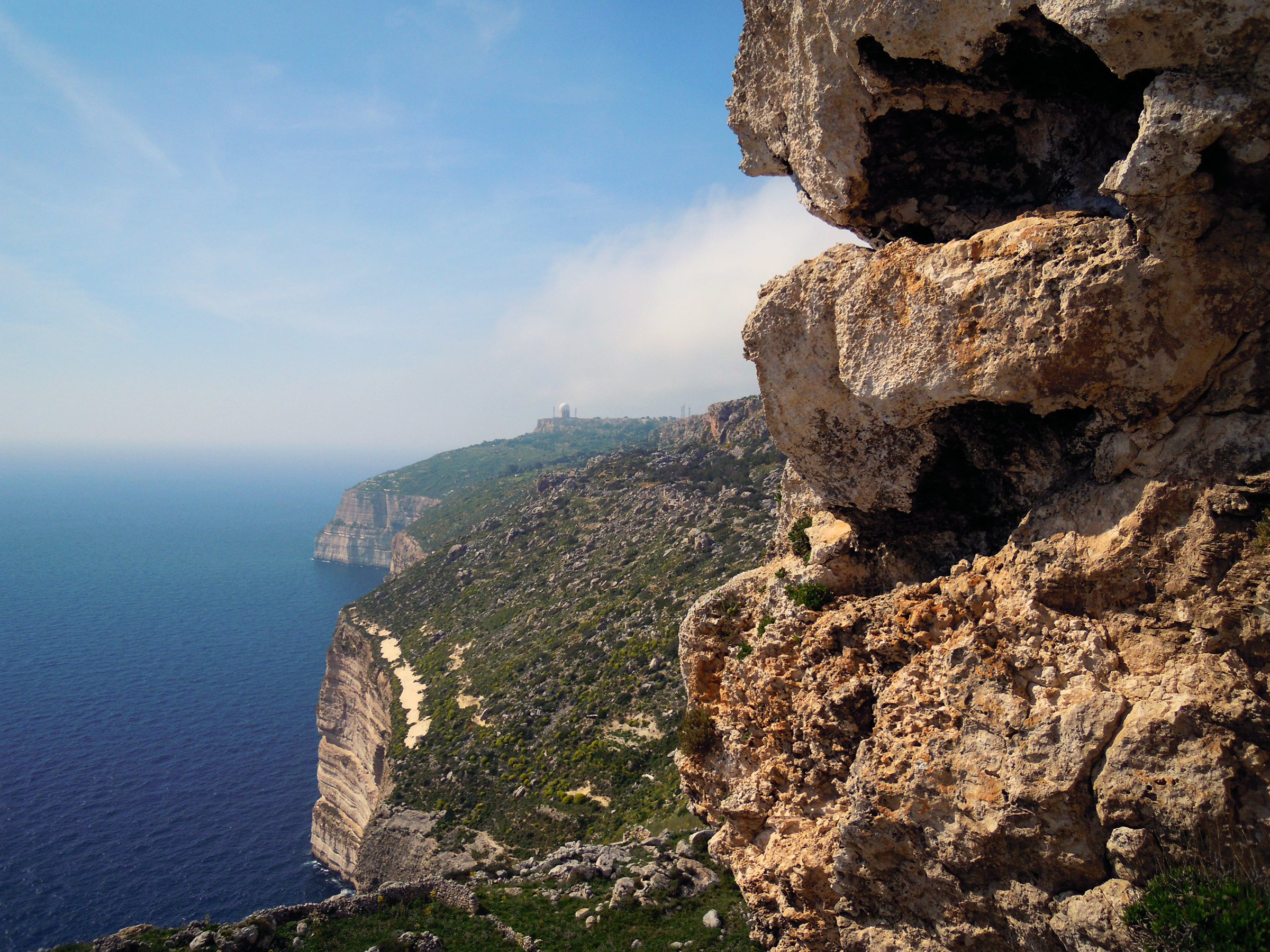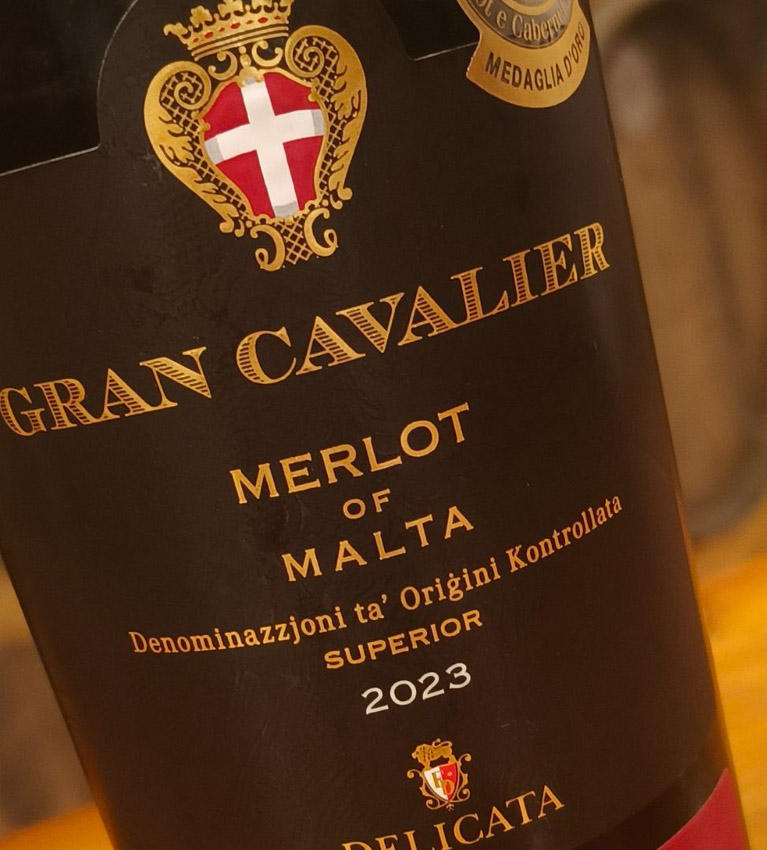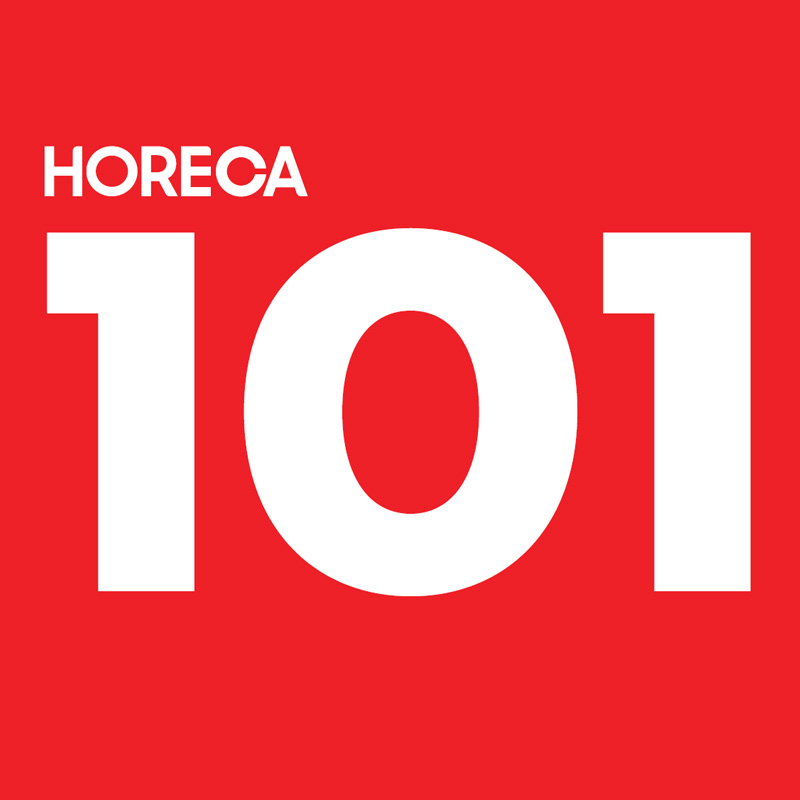
Focus: Product Development Directorate (MTA)
November 17, 2023

Touch. The Neglected Sense.
November 15, 2023
The Season of Growth: The Story of Chef Martin Carabott and HIDE London
November 19, 2023The Product Development Directorate, within the Malta Tourism Authority, is dedicated to elevating the holistic tourism experience in Malta.
This encompasses a wide spectrum of tourism facets, including rural and urban tourism, heritage tourism, faith-based tourism, coastal tourism, beach management, and tourism zones.
Furthermore, this Directorate serves as the primary point of contact for individuals or entities considering investments in the tourism sector, specifically in the domains of hotels, guesthouses, hostels, or dining establishments.
The primary objective of the Directorate is to facilitate the diversification, growth, and enhancement of tourism offerings while simultaneously enriching the visitor's overall experience. In pursuit of this mission, the Product Directorate is committed to supporting the maintenance, development, and enrichment of the tourism landscape.
Crucially, tourism product development plays a pivotal role in raising the standard of offerings by adhering to globally recognized benchmarks. Under the framework of the current government's Tourism Policy, the Product Development team is dedicated to identifying and addressing gaps within the existing tourism portfolio.
Projects & Initiatives
In recent years, the MTA has undertaken several initiatives with the primary objective of enhancing the visitor's overall experience on the islands, thereby ensuring a greater return on investment for tourists.
Projects implemented by the MTA:
Walking Trails
Malta's rural tourism offering holds considerable importance, and one of the primary objectives of the Directorate is to guarantee the optimal preservation and accessibility of rural heritage locations. This undertaking encompasses the upkeep of pristine, non-urbanized natural landscapes, picturesque countryside areas, scenic viewpoints, and public gardens, among other aspects. The Department has crafted a series of guided walks suitable for individuals of all age groups, providing the opportunity to explore lesser-known destinations throughout our islands. Some of the most popular rural walks include the Tas-Silg Walk passing through Marsascala and Marsaxlokk and the Dingli – Fawwara – Wied iz-Zurrieq Walk. There are also a number of Heritage walks that guide the user through the most important heritage sites on the Maltese islands. The Department is working on introducing new walks, including the British Military Walk, the Haz-Zebbug Heritage Trail, and the Victoria Lines Walk.
Urban
As part of the directorate's efforts to enhance urban areas, an integral component involves the regeneration and the modernisation of central piazzas and other well-frequented tourist hubs, all geared towards elevating the overall visitor experience. Consequently, some of the most recently completed projects are the regeneration of Misrah il-Parrocca in Mellieha Square and the upgrading of St Paul’s Bay Walkway Balcony.
Other prominent endeavors currently underway by the MTA encompass the revitalization and enhancement of Pjazza tal-Belt Vittoriosa in Birgu, as well as the regeneration of Bugibba Square. These initiatives are geared towards enhancing the quality of urban infrastructure by reconceptualizing exterior levels to create universally accessible public spaces and reconfiguring on-street parking. Furthermore, the projects aim to incorporate landscaping and various amenities, including the introduction of new seating areas. These crucial investments are intended to stimulate the private sector to enhance and elevate their offerings, which will, in turn, be made available to both tourists and local residents.

Heritage
The Maltese islands’ historical legacy is prominently reflected in the nation's architectural marvels and valuable collections. The preservation and promotion of these invaluable sites play a pivotal role in enabling cultural enthusiasts to engage with the island's rich heritage.
To achieve this objective, the directorate collaborates with various non-governmental organizations (NGOs) and local councils with the main objective to enhance their product offerings. A project that merits special mention is the EU-funded initiative, conducted in collaboration with NGOs, dedicated to the restoration of coastal towers across the Maltese islands. This undertaking includes the restoration of Dwejra Tower; St Agatha's Tower, commonly referred to as the Red Tower, and the restoration of St Thomas Tower in Marsascala. The transformation of the latter adds an exciting dimension to these projects. These multifaceted initiatives symbolize the unwavering dedication of the Authority to the preservation and enhancement of Malta's rich cultural and historical heritage.
Faith Tourism
Malta's churches are not merely places of worship; they are magnificent masterpieces that have withstood the test of time. The island of Malta proudly exudes its profound devotion throughout its entirety. It stands as an idyllic haven for religious tourists, where one can revel in the abundance of sacred sites and historic landmarks conveniently clustered in one area. Furthermore, Malta beckons with a multitude of spiritual pilgrimage routes, inviting seekers to embark on a profound journey of faith and discovery.
Prominent initiatives encompass the enhancement of Parish museums, the meticulous restoration of paintings in prominent churches, statues, and various niches across the Maltese islands. Moreover, the department is working on the installation of a new lighting system on the facades of various churches. These projects are designed to enhance the current lighting infrastructure by transitioning to a more energy-efficient system based on LED technology. Such a transition is envisaged to facilitate the public's appreciation of the architectural opulence inherent in these monuments.
Additionally, the MTA collaborates closely with the Archdiocese of Malta and the Diocese of Gozo and different parish churches to improve their product and enhance accessibility throughout.
The Authority is also dedicated to exploring innovative avenues to enhance the offerings of the Maltese islands. An illustrative example involves the digitization of significant points of interest, enabling individuals to explore these locations through the immersive medium of virtual reality (VR). Furthermore, a noteworthy project entails the creation of a 3D-printed sculpture replicating a renowned painting in Malta. This initiative aims to provide a tactile experience for individuals with visual impairments, allowing them to perceive and appreciate the artwork through touch.
Beach Management
The Malta Tourism Authority currently manages eleven beaches in Malta, seven of which are Blue Flag Beaches and one holding the Beach of Quality Status.
The Blue Flag Awarded Beaches in Malta managed by MTA are:
- Mellieha Bay; - Ghajn Tuffieha (Riviera Beach); - Golden Bay; - Bugibba Perched Beach; - Qawra Point; - St George’s Bay; - Fond Ghadir; & - Fajtata (Beach of Quality Beach).
Other beaches managed by MTA are
-Balluta Bay - St George’s Bay (Birzebbugia); * - Pretty Bay (Birzebbugia).
The Blue Flag is an international Quality Award that is given to beaches that are managed through sustainable beach operations. Beach operations must abide by the 32 standard criteria of the Blue Flag Programme, which is administered by the Federation for Environmental Education (FEE). The Blue Flag season in Malta is open from the 15th June till the 15th September of each year.
The main five criteria state that beaches must have excellent bathing water quality and therefore water quality tests are undertaken weekly. The results of these tests are then available to the public to view at the entrance of each beach.
Accessibility is also an important criterion, and the MTA strives to make all managed beaches as accessible as possible by assembling assets such as wooden walkways, railings, hoist chairs and beach buggies amongst others.
The MTA provides waste bins on all beaches which facilitate waste separation. The waste management system is split into four categories namely; plastic and metal, glass, organic waste and general waste.
Safety is an important aspect of beach operations, and the Malta Tourism Authority ensures that beaches provide lifeguarding services during the peak summer season. Lifeguards also have to be equipped with lifesaving equipment. An explanation of the emergency flag system in use is also provided to the public via the informative signage found at the entrance of each beach.
Each beach also provides at least five environmental education activities to the public. These activities promote the aims of the Blue Flag Programme by increasing the awareness of the local environment by recreational users and residents, encouraging the participation of local stakeholders in environmental management within the area and to promote sustainable recreation and tourism in the area.
Click here to see Horeca Issue 13 online
The primary objective of the Directorate is to facilitate the diversification, growth, and enhancement of tourism offerings while simultaneously enriching the visitor's overall experience. In pursuit of this mission, the Product Directorate is committed to supporting the maintenance, development, and enrichment of the tourism landscape.
Crucially, tourism product development plays a pivotal role in raising the standard of offerings by adhering to globally recognized benchmarks. Under the framework of the current government's Tourism Policy, the Product Development team is dedicated to identifying and addressing gaps within the existing tourism portfolio.
Projects & Initiatives
In recent years, the MTA has undertaken several initiatives with the primary objective of enhancing the visitor's overall experience on the islands, thereby ensuring a greater return on investment for tourists.
Projects implemented by the MTA:
Walking Trails
Malta's rural tourism offering holds considerable importance, and one of the primary objectives of the Directorate is to guarantee the optimal preservation and accessibility of rural heritage locations. This undertaking encompasses the upkeep of pristine, non-urbanized natural landscapes, picturesque countryside areas, scenic viewpoints, and public gardens, among other aspects. The Department has crafted a series of guided walks suitable for individuals of all age groups, providing the opportunity to explore lesser-known destinations throughout our islands. Some of the most popular rural walks include the Tas-Silg Walk passing through Marsascala and Marsaxlokk and the Dingli – Fawwara – Wied iz-Zurrieq Walk. There are also a number of Heritage walks that guide the user through the most important heritage sites on the Maltese islands. The Department is working on introducing new walks, including the British Military Walk, the Haz-Zebbug Heritage Trail, and the Victoria Lines Walk.
Urban
As part of the directorate's efforts to enhance urban areas, an integral component involves the regeneration and the modernisation of central piazzas and other well-frequented tourist hubs, all geared towards elevating the overall visitor experience. Consequently, some of the most recently completed projects are the regeneration of Misrah il-Parrocca in Mellieha Square and the upgrading of St Paul’s Bay Walkway Balcony.
Other prominent endeavors currently underway by the MTA encompass the revitalization and enhancement of Pjazza tal-Belt Vittoriosa in Birgu, as well as the regeneration of Bugibba Square. These initiatives are geared towards enhancing the quality of urban infrastructure by reconceptualizing exterior levels to create universally accessible public spaces and reconfiguring on-street parking. Furthermore, the projects aim to incorporate landscaping and various amenities, including the introduction of new seating areas. These crucial investments are intended to stimulate the private sector to enhance and elevate their offerings, which will, in turn, be made available to both tourists and local residents.

Heritage
The Maltese islands’ historical legacy is prominently reflected in the nation's architectural marvels and valuable collections. The preservation and promotion of these invaluable sites play a pivotal role in enabling cultural enthusiasts to engage with the island's rich heritage.
To achieve this objective, the directorate collaborates with various non-governmental organizations (NGOs) and local councils with the main objective to enhance their product offerings. A project that merits special mention is the EU-funded initiative, conducted in collaboration with NGOs, dedicated to the restoration of coastal towers across the Maltese islands. This undertaking includes the restoration of Dwejra Tower; St Agatha's Tower, commonly referred to as the Red Tower, and the restoration of St Thomas Tower in Marsascala. The transformation of the latter adds an exciting dimension to these projects. These multifaceted initiatives symbolize the unwavering dedication of the Authority to the preservation and enhancement of Malta's rich cultural and historical heritage.
Faith Tourism
Malta's churches are not merely places of worship; they are magnificent masterpieces that have withstood the test of time. The island of Malta proudly exudes its profound devotion throughout its entirety. It stands as an idyllic haven for religious tourists, where one can revel in the abundance of sacred sites and historic landmarks conveniently clustered in one area. Furthermore, Malta beckons with a multitude of spiritual pilgrimage routes, inviting seekers to embark on a profound journey of faith and discovery.
Prominent initiatives encompass the enhancement of Parish museums, the meticulous restoration of paintings in prominent churches, statues, and various niches across the Maltese islands. Moreover, the department is working on the installation of a new lighting system on the facades of various churches. These projects are designed to enhance the current lighting infrastructure by transitioning to a more energy-efficient system based on LED technology. Such a transition is envisaged to facilitate the public's appreciation of the architectural opulence inherent in these monuments.
Additionally, the MTA collaborates closely with the Archdiocese of Malta and the Diocese of Gozo and different parish churches to improve their product and enhance accessibility throughout.
The Authority is also dedicated to exploring innovative avenues to enhance the offerings of the Maltese islands. An illustrative example involves the digitization of significant points of interest, enabling individuals to explore these locations through the immersive medium of virtual reality (VR). Furthermore, a noteworthy project entails the creation of a 3D-printed sculpture replicating a renowned painting in Malta. This initiative aims to provide a tactile experience for individuals with visual impairments, allowing them to perceive and appreciate the artwork through touch.
Beach Management
The Malta Tourism Authority currently manages eleven beaches in Malta, seven of which are Blue Flag Beaches and one holding the Beach of Quality Status.
The Blue Flag Awarded Beaches in Malta managed by MTA are:
- Mellieha Bay; - Ghajn Tuffieha (Riviera Beach); - Golden Bay; - Bugibba Perched Beach; - Qawra Point; - St George’s Bay; - Fond Ghadir; & - Fajtata (Beach of Quality Beach).
Other beaches managed by MTA are
-Balluta Bay - St George’s Bay (Birzebbugia); * - Pretty Bay (Birzebbugia).
The Blue Flag is an international Quality Award that is given to beaches that are managed through sustainable beach operations. Beach operations must abide by the 32 standard criteria of the Blue Flag Programme, which is administered by the Federation for Environmental Education (FEE). The Blue Flag season in Malta is open from the 15th June till the 15th September of each year.
The main five criteria state that beaches must have excellent bathing water quality and therefore water quality tests are undertaken weekly. The results of these tests are then available to the public to view at the entrance of each beach.
Accessibility is also an important criterion, and the MTA strives to make all managed beaches as accessible as possible by assembling assets such as wooden walkways, railings, hoist chairs and beach buggies amongst others.
The MTA provides waste bins on all beaches which facilitate waste separation. The waste management system is split into four categories namely; plastic and metal, glass, organic waste and general waste.
Safety is an important aspect of beach operations, and the Malta Tourism Authority ensures that beaches provide lifeguarding services during the peak summer season. Lifeguards also have to be equipped with lifesaving equipment. An explanation of the emergency flag system in use is also provided to the public via the informative signage found at the entrance of each beach.
Each beach also provides at least five environmental education activities to the public. These activities promote the aims of the Blue Flag Programme by increasing the awareness of the local environment by recreational users and residents, encouraging the participation of local stakeholders in environmental management within the area and to promote sustainable recreation and tourism in the area.
Click here to see Horeca Issue 13 online



